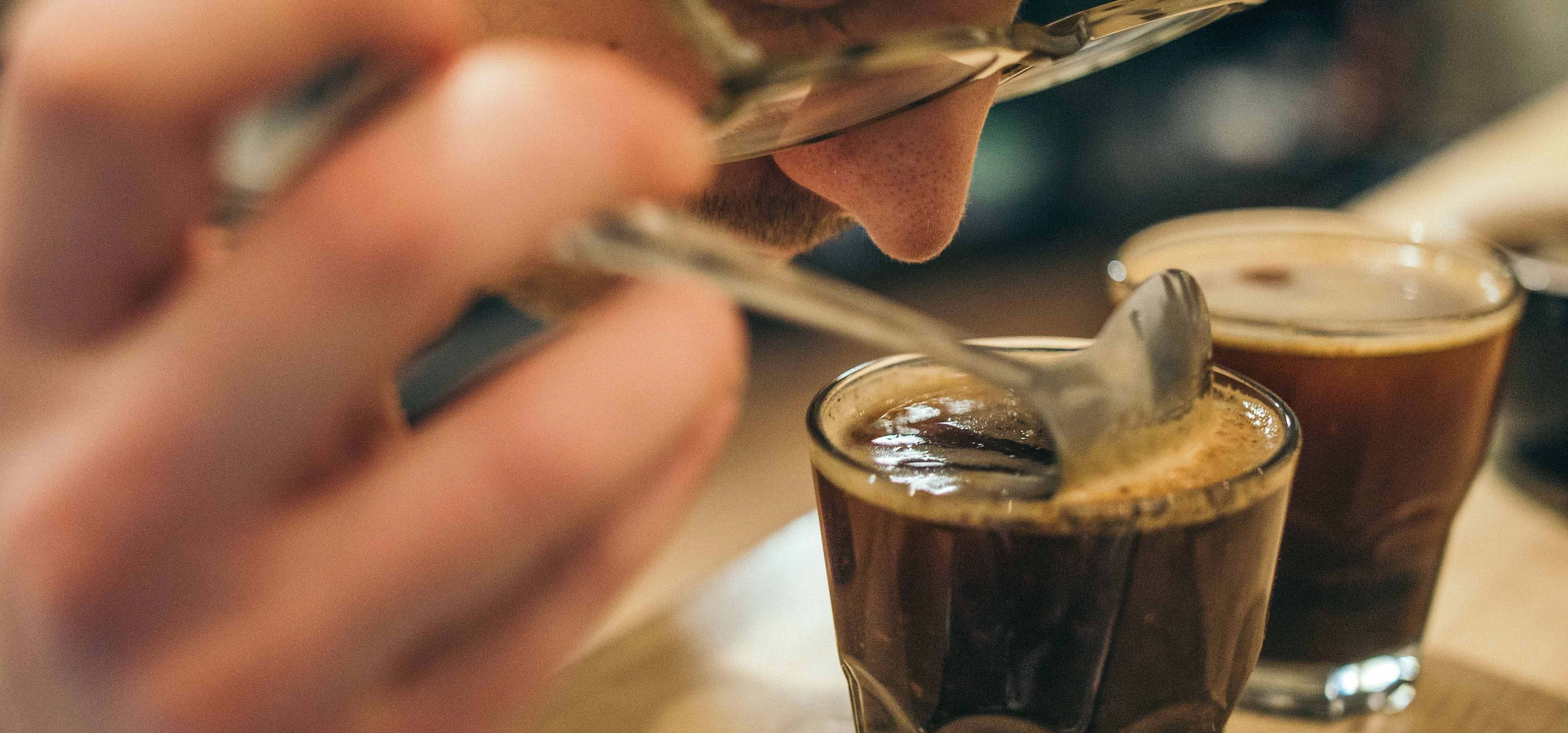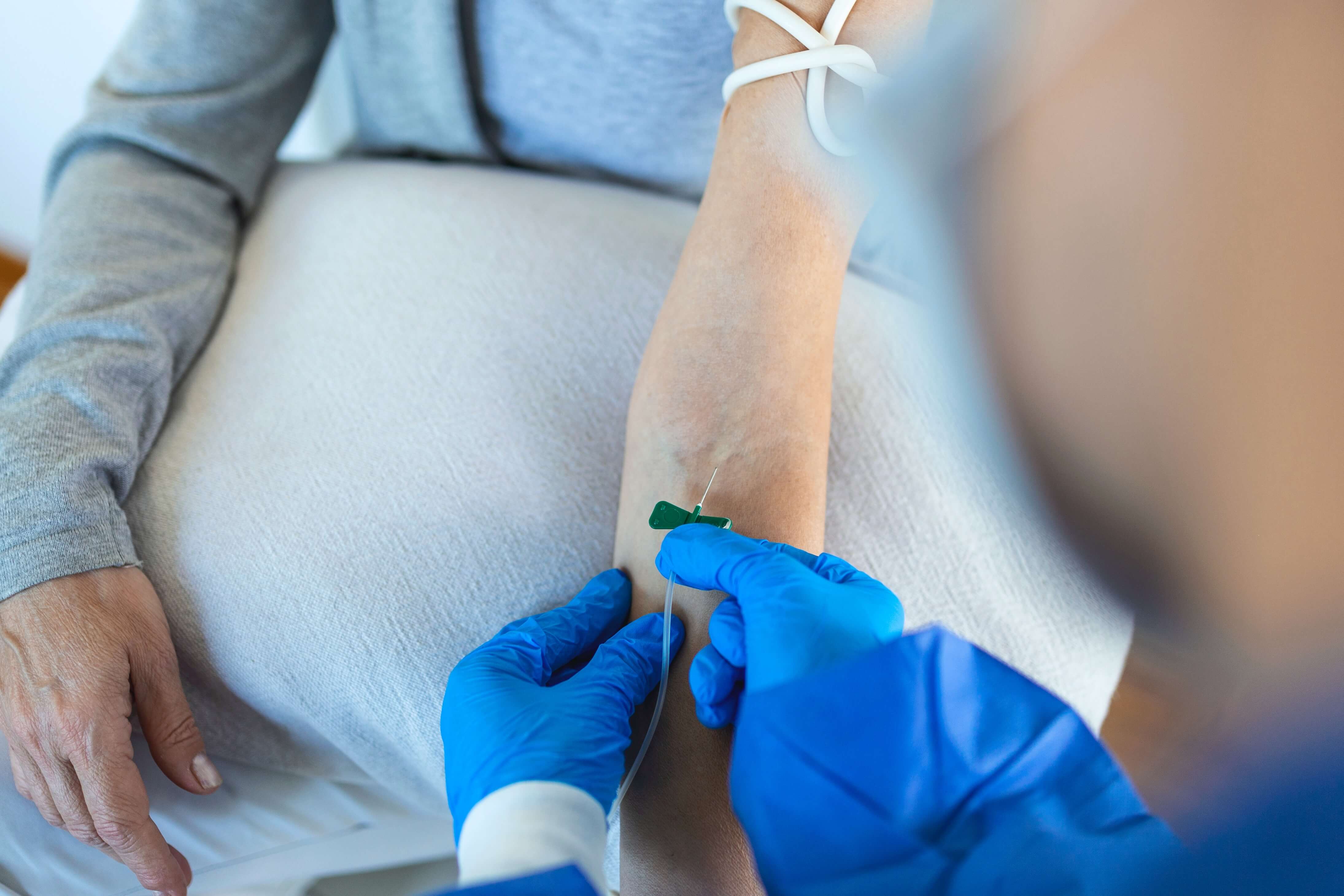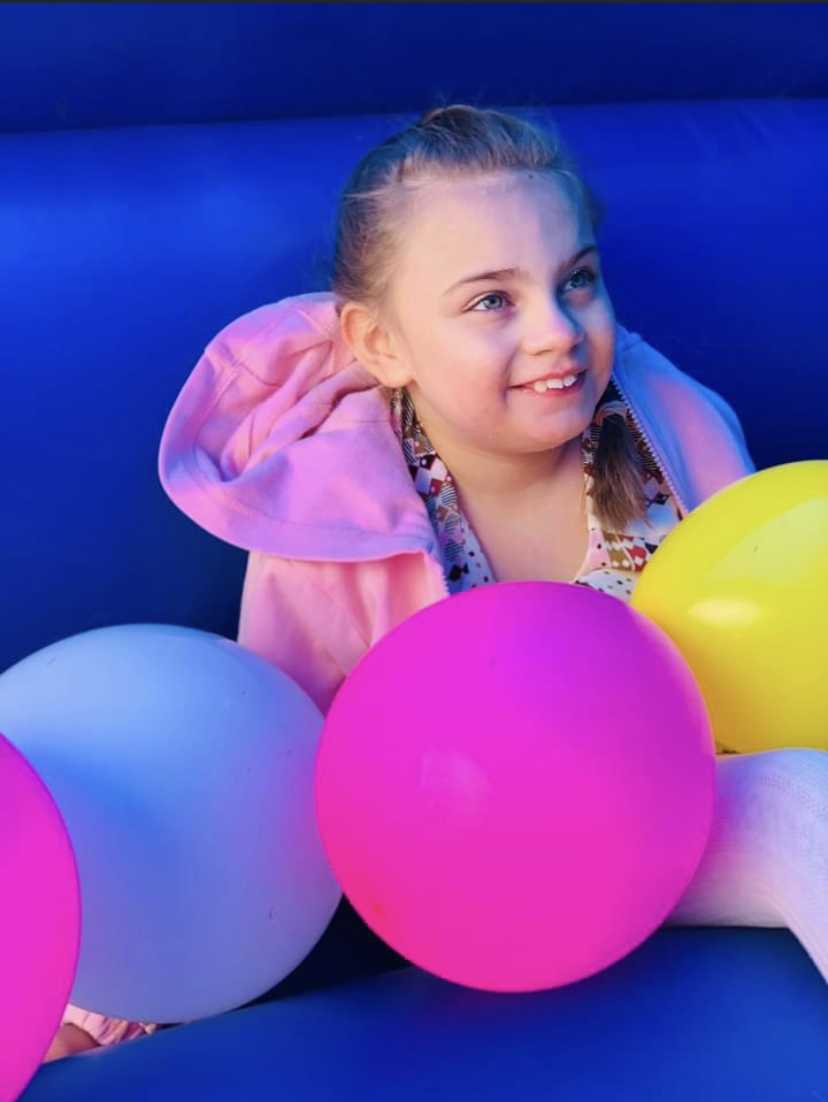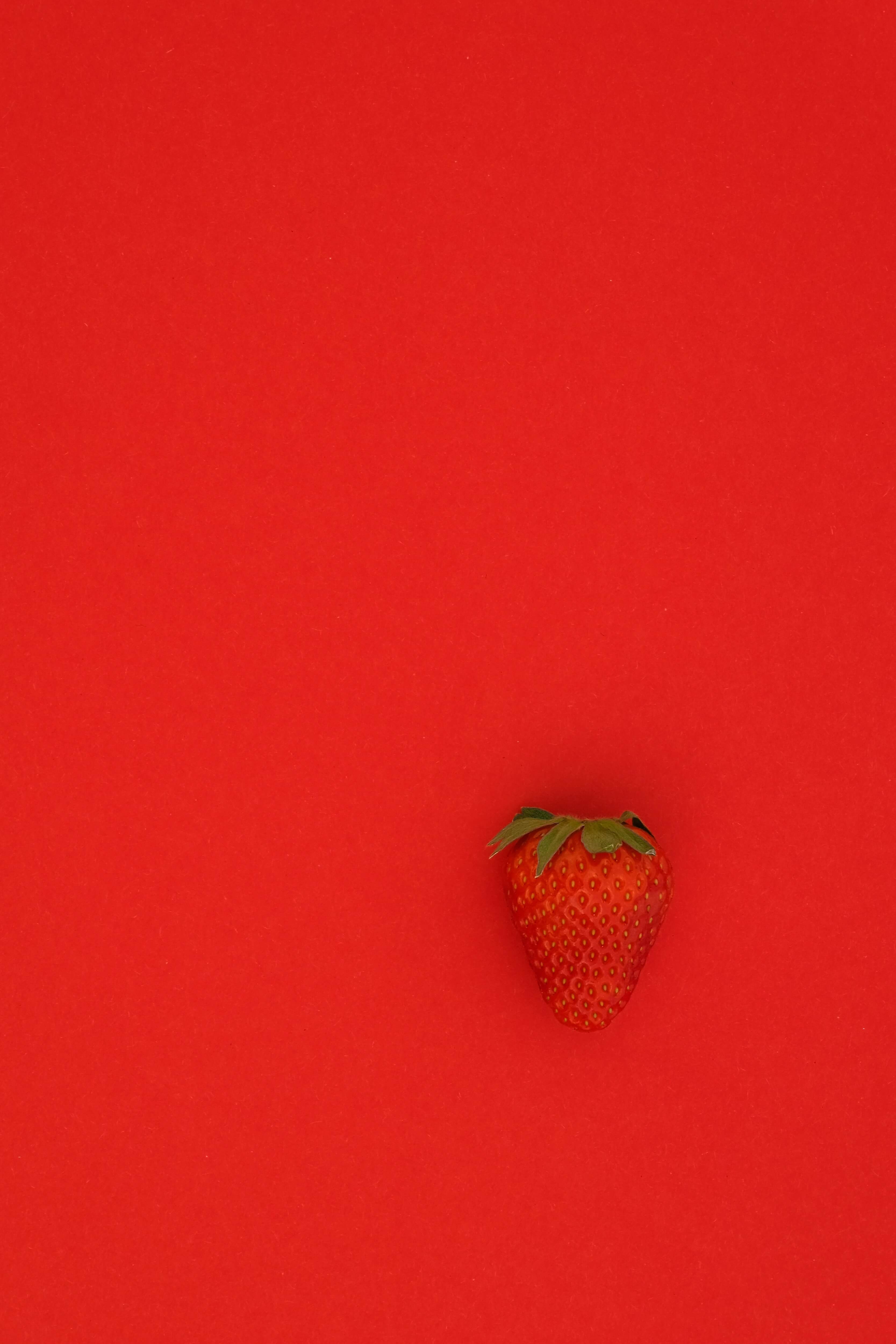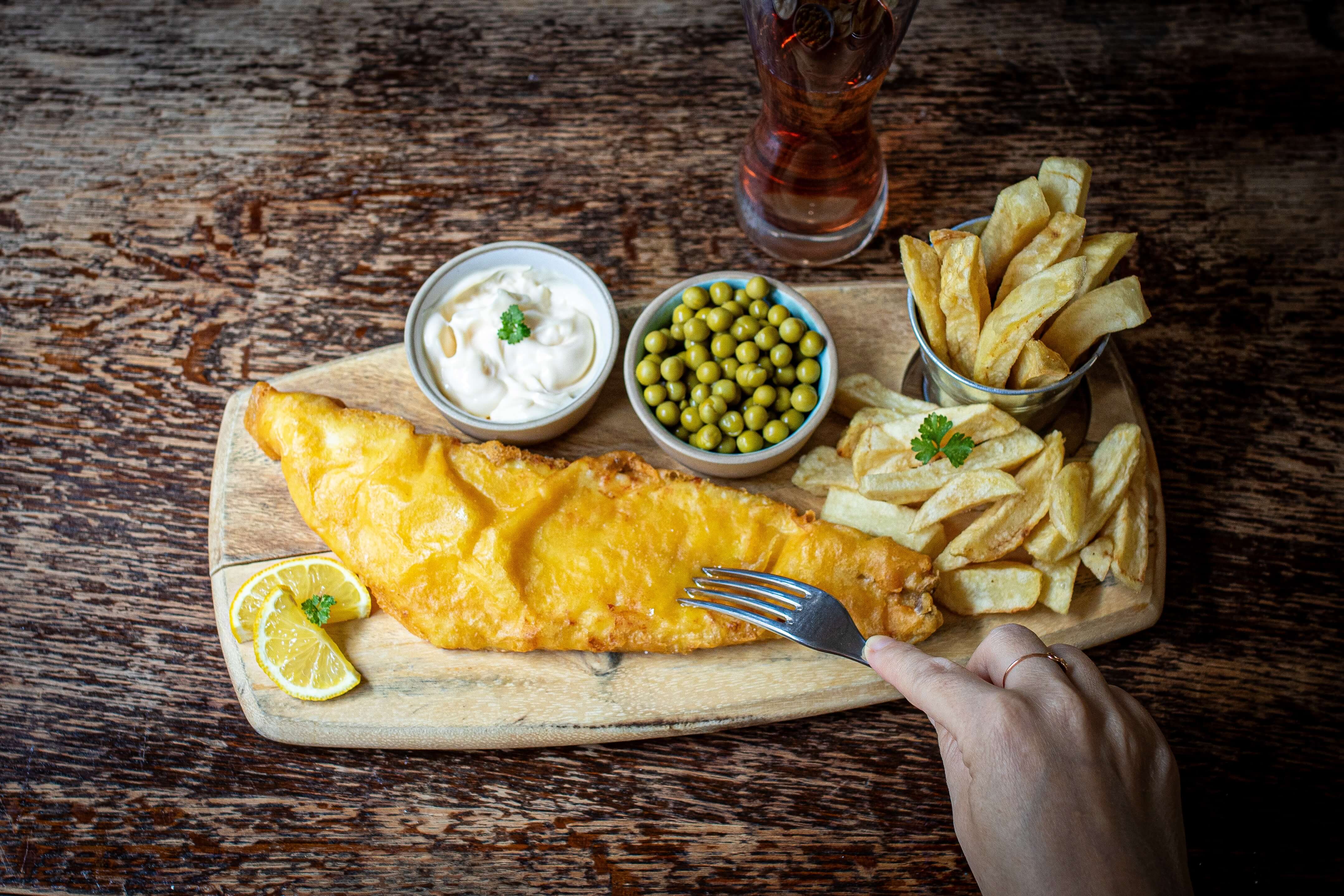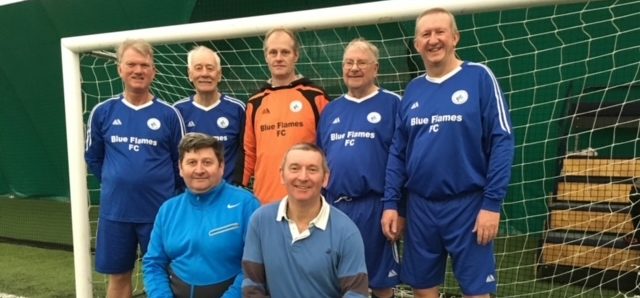Photography by Getty Images on Unsplash
Amidst the chaos of a demanding day at the Queen Elizabeth Hospital’s emergency assessment unit in the north of the UK, Aisha had her lightbulb moment. Her idea emerged during her nursing degree placement—a decision she made after years of service in various care homes “I was shocked that most people coming from care homes were malnourished and dehydrated,” Aisha recalled, the distress palpable in her voice. “It was heartbreaking. I was struggling to work out what was going on.”
This shock merged with the personal struggles of her daughter, Millie, whose difficulties in communicating food preferences, due to Rett’s Syndrome added another layer to Aisha’s burgeoning idea. “Millie had recently regressed, lost some motor skills, and was struggling with eating—a part of her condition,” she explained. The parallels between her daughter’s struggles and those she witnessed at work were becoming painfully evident.
It was during a nutrition class on her university course that the spark of innovation really took hold. Aisha realised the need for a revolutionary system to empower people who couldn’t communicate their food choices. “My daughter can’t verbally communicate. What are we offering people to encourage them to eat?” she asked herself. That‘s when she started experimenting with simple materials at home to create scented pots with pictures and audio cues to aid in food identification.
"She would light up, especially when she smelled the strawberry.”
The breakthrough came when she involved Millie in her experiments. “She would light up, especially when she smelled the strawberry,” Aisha recalled with a sense of triumph. Seeing her daughter respond positively gave Aisha the validation she needed to take her idea further.
Photography by Daniele Levis Pelusi on Unsplash
Taking a leap of faith, Aisha introduced her innovative solution at work. “I tried it with a patient who was struggling at the end-of-life care,” she recounted. Using scented pots with different yoghurt flavours, Aisha witnessed a remarkable moment when the patient signalled their preference, leading to successful eating. “He ate it again later when we got to the same toffee pot smell,” she said, her voice filled with excitement. It was a pivotal moment that solidified the viability of her concept.
Driven by compassion and fuelled by the potential she saw in her idea, Aisha embarked on a path of innovation, determined to create a system that enabled independent food choices for individuals facing communication barriers.
Following her initial success in implementing the scented pots, Aisha was convinced she had stumbled upon something remarkable. “I really thought and believed that this could work,” she exclaimed, recounting her focus fuelled by positive feedback and the drive to restore compassionate care she felt had been lost during the COVID era.
"He said he dealt with anything weird and wonderful when it had to do with scent. And this idea was weird and wonderful!"
However, transitioning her innovative idea into a comprehensive solution required larger-scale research and implementation. Undeterred by her lack of business experience, Aisha sought support from her university. “I went to my Uni and asked them to support me in my research, and they said yes,” she recalled, reflecting on this moment that propelled her one step further towards realising her vision.
Aisha and perfumier Harry Sherwood in the lab.
A turning point emerged when Aisha connected with a renowned perfumier, Harry Sherwood who specialised in the philosophy of scent. She explained, “He said he dealt with anything weird and wonderful when it had to do with scent. And this idea was weird and wonderful!” Their collaboration sought to achieve the impossible: capturing the scents of complete meals.
Embarking on an ambitious project involving Gas Chromatography–Mass Spectrometry (GC–MS) technology, Aisha and her team endeavoured to replicate entire meal aromas. The journey was challenging, marked by laughter and persistence. “The fish, chips, and peas dinner took a little more time,” Aisha chuckled, reminiscing about the trials and errors they encountered during the process.
Photography by Monika Borys on Unsplash.
As Aisha shared with me the impact of scent on eating behavior, her excitement was palpable. “Research shows how powerful smell is in triggering memories,” she explained enthusiastically. “The challenge is to prime the body to be ready to eat or drink by using olfactory stimulation.”
Their breakthrough led to the creation of scents for six meals, including roast chicken dinner, fish and chips with mushy peas, chocolate cake with custard, and lemon cheesecake. Armed with this achievement, Aisha realised the potential to expand their repertoire to encompass a wider range of meal options based on specific care home menus.
"These scents do make people hungry, and that's exactly what we want."
Her experiments with scents had proven incredibly promising. “The chocolate cake smell during testing made everyone exclaim, ‘I am so hungry now,'” Aisha recounted with satisfaction. “These scents do make people hungry, and that’s exactly what we want.”
The innovation extended beyond scented pots. Aisha’s dedication to accessibility drove her team to develop multifaceted menus equipped with audio devices, braille, and customisable voice recordings—a testament to their meticulous attention to detail and inclusivity.
Yet, despite the groundbreaking nature of her innovation, Aisha encountered challenges in securing funding for a comprehensive pilot trial. “It has been really hard to get the funding to do a proper pilot trial,” she confessed, highlighting the reluctance of businesses to pioneer an unprecedented concept catering to vulnerable populations.
However, recent meetings with two NHS trusts have sparked hope for a real-world pilot and evaluation in hospital settings. Aisha’s perseverance and unwavering belief in her innovation continue to drive her toward a future where her solution can make a tangible difference in the lives of vulnerable individuals.
Looking ahead, Aisha envisions a future where her innovation would go beyond care settings and reach restaurants, enabling everyone to make informed food choices through olfactory stimulation. “I want this product in restaurants so everyone can be encouraged to eat well and have access,” she exclaimed, determined to democratise access to quality food decision-making.
Reflecting on her five-year plan, Aisha exuded confidence. “We will have trialed it, gathered data to prove its success, and rolled it out to several care home groups and hopefully a local trust,” she affirmed, envisioning a future where her innovation was accessible to all.
Aisha credited her partnership with IOCT as instrumental in her journey. “Working with the IOCT™ programme and Voice® community has been absolutely fantastic,” she expressed gratefully. “They guided me, connected me to networks, and provided vital resources for diagnostics and feedback, shaping my clarity, strategy, and focus.”
With a commitment to partner with the IOCT programme at the National Innovation Centre for Ageing for enhanced technological integration into her menus, Aisha brimmed with optimism for the future. “Next year, we’re poised for further collaboration to enhance menu accessibility,” she revealed, expressing her anticipation for the ongoing evolution of her groundbreaking innovation. Undoubtedly, we are on the brink of witnessing the emergence of novel menu experiences in the years ahead.


 &
& 
